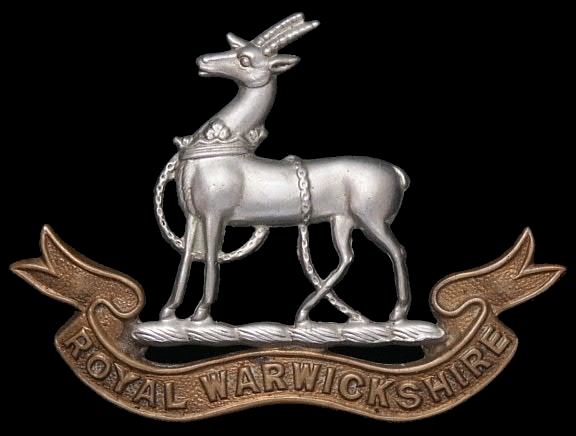D-DAY +1 LEBISEY WOOD
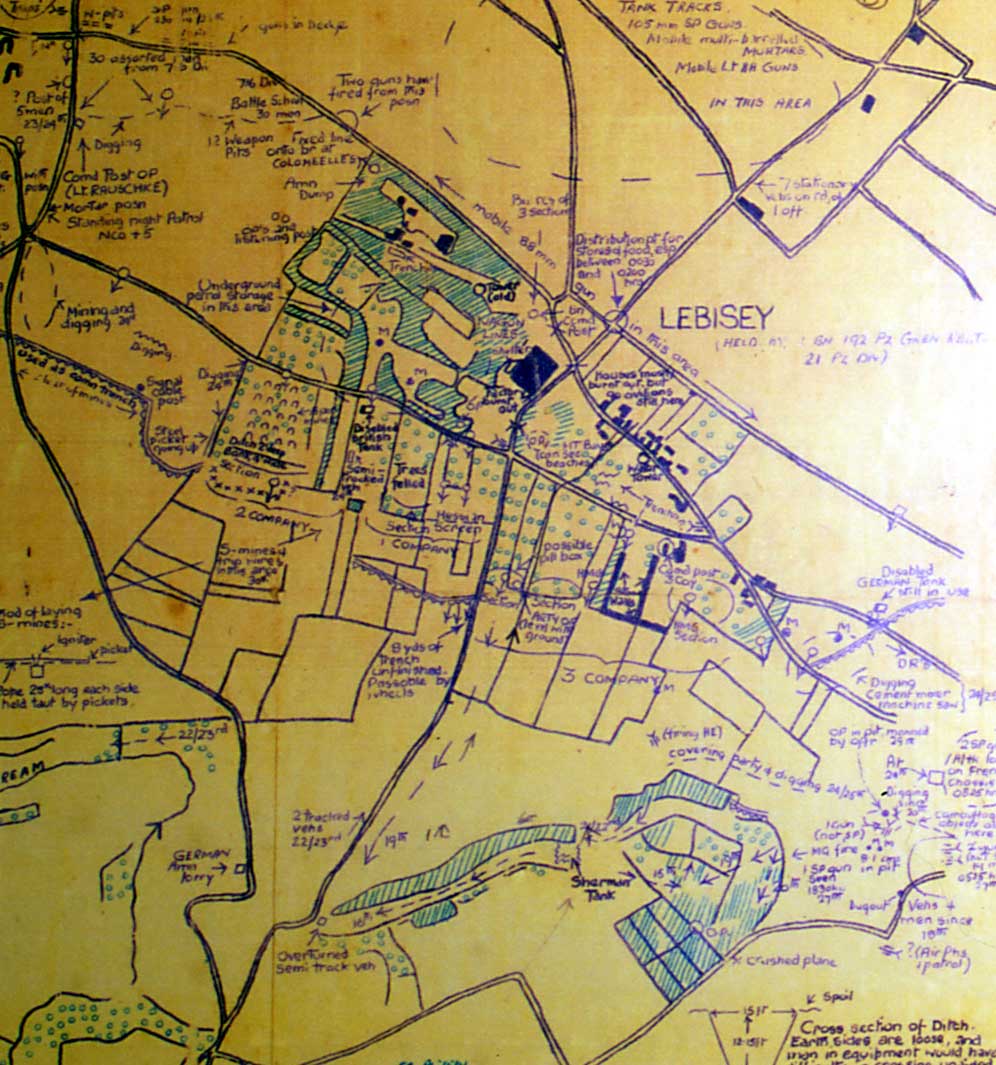
Early in the morning of D-Day+1 morning the
Battalion was called into action to clear the
remaining suburbs of Benouville before attacking
south, capturing Lebisey Wood and the
accompanying village which sat on a hill
overlooking the city of Caen. The start
line for the main attack on Lebisey
(a stream just to the south of
Benouville) was in enemy hands
and so the plan called for the Battalion
to clear the remaining enemy presence in the
area around Benouville before launching the
attack proper. This was to be with A, B and C
company, D company was still entrenched to the
north-east at Pegasus Bridge. The Battalions S
(Support) company, made up of 6 pounder anti
tank guns and 3 inch mortars was held at
the already occupied town of Bieville, north on
the main road from Lebisey. This
was due to the poor, marshy terrain on
the slopes leading to Lebisey which the
carriers, fully loaded, would not have been able
to traverse.
It is worth noting that on D-Day itself, elements of the 2nd Battalion, Kings Shropshire Light Infantry (KSLI), supported by a squadron of Sherman tanks from the Staffordshire Yeomanry, were able to push into Lebisey in the late evening against strong enemy resistance. Despite this success, the KSLI and tanks were ordered to withdraw from the area as there was a concern that a strong enemy counter attack could push them from their positions. This proved to be a valid concern, as elements of the 125th Panzer Grenadier Regiment and 22nd Panzer Regiment, part of the 21st Panzer Division, moved in overnight and fortified their positions that the Warwicks were fated to attack the next day. This unit, recreated after its annihilation in North Africa earlier in the war, consisted of fresh troops, led by veteran commanders and boasting large amounts of the feared 88mm anti-tank/air guns and the tactically flexible Panzer IV, many of which had been dug in overnight to make them cornerstones of the Lebisey defences which, if necessary, could be moved for counterattacks.
In addition to the defences prepared in and around the wood, the enemy had also constructed a large anti tank ditch on the approach slope to Lebisey which seriously hindered the Staffordshire Yeomanry during its advance with the KSLI. This is noted on the map above which is from Staffordshire Yeomanry records and is drawn from south to north, the area on the bottom left hand corner of the map is the direction the Warwicks would have advanced towards the Wood.
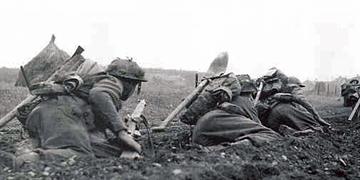

With this in mind, Captain Illing communicated the situation to Lieutenant- Colonel Herdon who took the decision to delay the main attack on Lebisey by an hour to allow the start line to be secured prior to the advance, with the aim of rescheduling the artillery and naval support to match the attack. Whilst this was able to be communicated across A company, the other commanders and section leaders of B & C companies were not able to be reached on Battalion radios, meaning the delay order was never received. This may well have been due to the nature of the radios in use at the time which could only either send or receive on certain settings, but could not do both at the same time, let alone try to cope any interference picked up from the surrounding area.
Due to this, B & C companies started their attack at the pre agreed time, with C company in the middle and B company behind on their left flank, (eastern flank) moving up the hill towards Lebisey wood through waist high corn. Seeing the other companies move off, A company was then forced to commit to the advance despite having called off almost all fire support. The only artillery support available, according to some accounts, was from 'two self propelled guns'. As to what these vehicles were is still being researched, but there are two most likely candidates. One is two self propelled 'Priest' guns (105mm Howitzers, mounted on Sherman tank chassis) from 7th Field Regiment, Royal Artillery. The other is two M-10 Wolverine tank hunters, as part 20th Anti-Tank, Royal Artillery. Whichever this option is proved to be true, these guns were able to provide the Warwicks with at least some fire support, delivering High Explosive and smoke onto, and around, the infantry's target.
Committed to the attack, the infantry continued to advance. The morning was bright as roughly 340 men pressed forwards, having yet to be engaged by the enemy. The panzer grenadiers could clearly see the men advancing towards them and held their fire.
At roughly 09:00 hours, at a range of 200 yards (the length of 2 football pitches), the entrenched grenadiers opened fire. Small arms, emplaced machine guns, mortars and anti tank guns rained accurate and deadly fire upon the Warwicks who went to ground and returned fire where they could whilst still trying to push forwards. One platoon of B company, led by Lt Dockerty, managed to enter the north easterly corner of the wood but, outnumbered and outgunned by an entrenched opponent, the entire platoon (roughly 37 men) got within 10 yards of the enemy before being killed or wounded, Lt Dockerty was amongst the killed. The bodies of those killed from Dockerty's platoon would ultimately be left where they fell, in front of the German positions, for over a month until the wood was ultimately secured.
2nd Battalion's ordeal continued for over 5 hours, taking heavy casualties whilst pinned by accurate, rapid fire from the woods, which left many men wounded or dead in the heat of the day, including the Battalions commander Colonel Herdon (who was shot in the head and killed by a burst of machine gun fire as he moved closer to the front line) and a number of other Battalion officers trying to lead their men. Although in a grim situation, Royal Artillery Forward Observers, that had advanced on foot with the Warwick s, were able to successfully contact their batteries and call in increasing amounts of artillery support, targeting the rear of the wood that 2nd Battalion were trying to take.
A respite was offered at roughly 15:00 when D company entered the fray, after being released from its position at Pegasus Bridge to the north, it put in an attack on B Company's left flank (eastern flank). This attack was successful in neutralising several enemy positions that had been pinning down men of A company (Sergeant Pittaway is mentioned in Marcus Cunliffe's book, 'History of the Royal Warwickshire Regiment 1919-1955, which records him as having done 'superb work' but elaborates no further). With this threat removed, men of A company finally began to filter into Lebisey Woods most northern side.
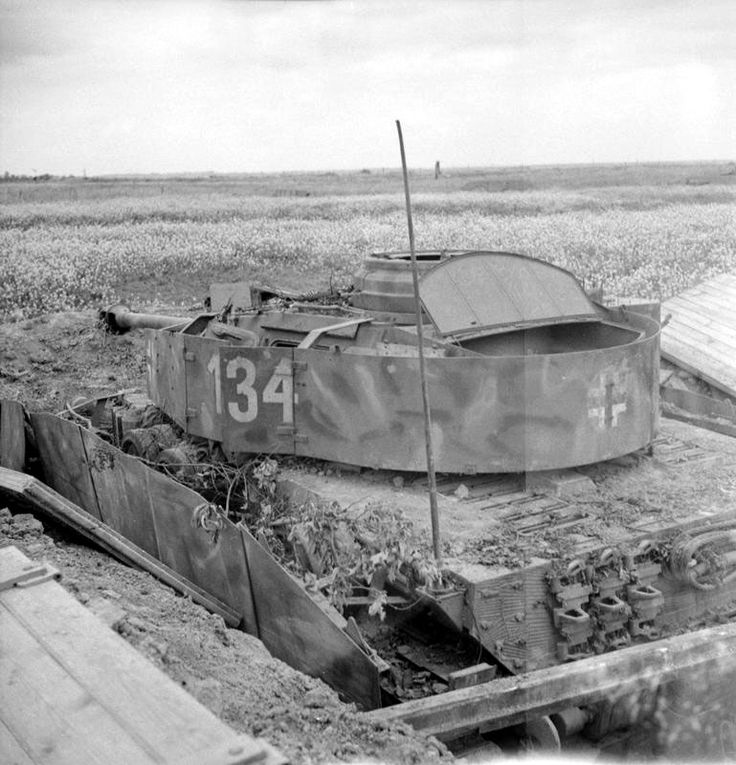
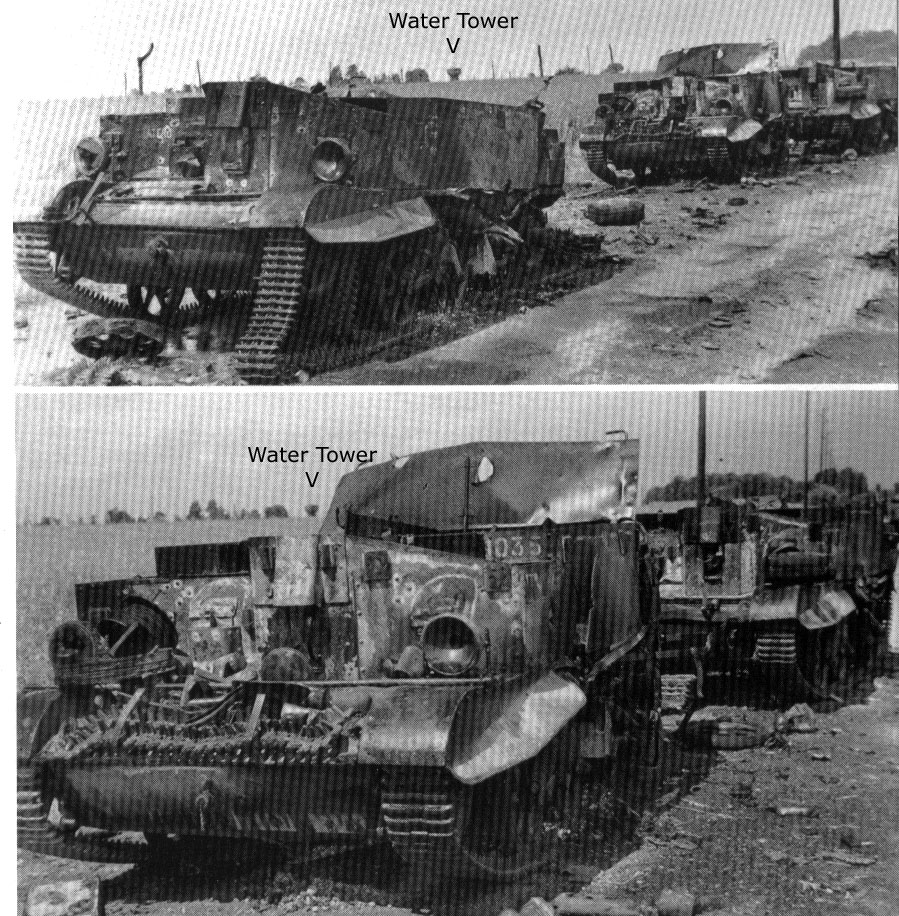
By 16:00 the 4 embattled companies of the Warwicks were reported surrounded and, by 17:00, reports came in stating that they were under increasingly powerful attacks from German armour and that ammunition supplies were dwindling. Although surrounded may not have been correct, the urgency and danger of the Battalion's plight was correct. To try and address the situation, the 1st Battalion Royal Norfolks were moved forwards in an attempt to press the attack forward. They advanced, following the eastern most route that the Warwicks D company had followed to Lebisey, receiving small arms fire as they did so. Just like the Warwicks before them, the Norfolks was forced to move forwards with no artillery support, however, at least some elements of the King Shropshire Light Infantry added their small arms fire to support the attack and the Royal Norfolks were able to bring up their S Company, meaning that their 6 pounder anti tank guns were finally able to bring some much needed anti armour support to the embattled infantry. At this point in the fighting the British army had committed roughly 2000 British servicemen in one way or another to the attack on a front less than a mile wide from east to west.
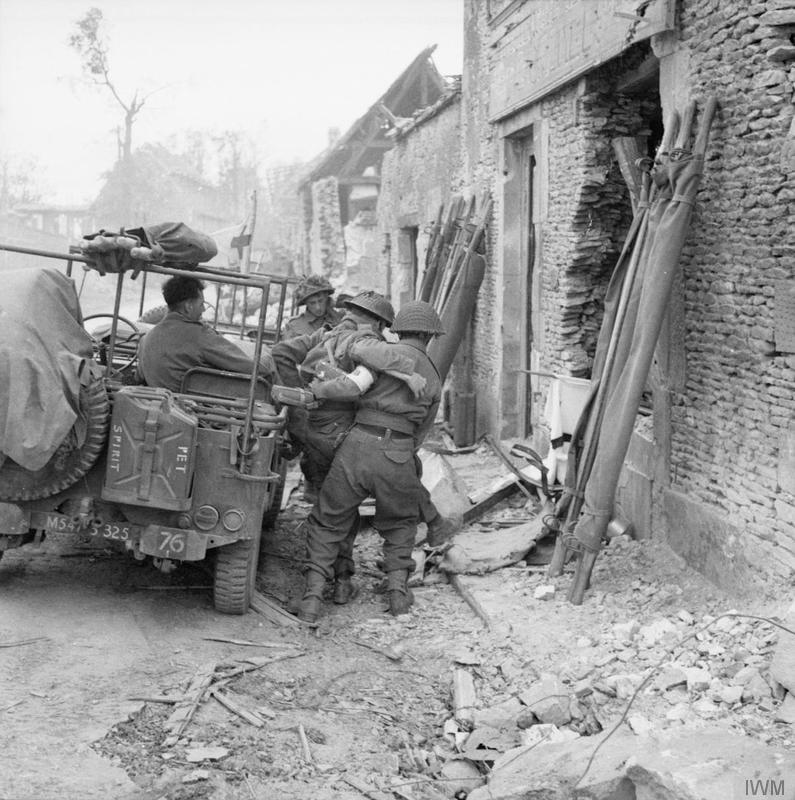
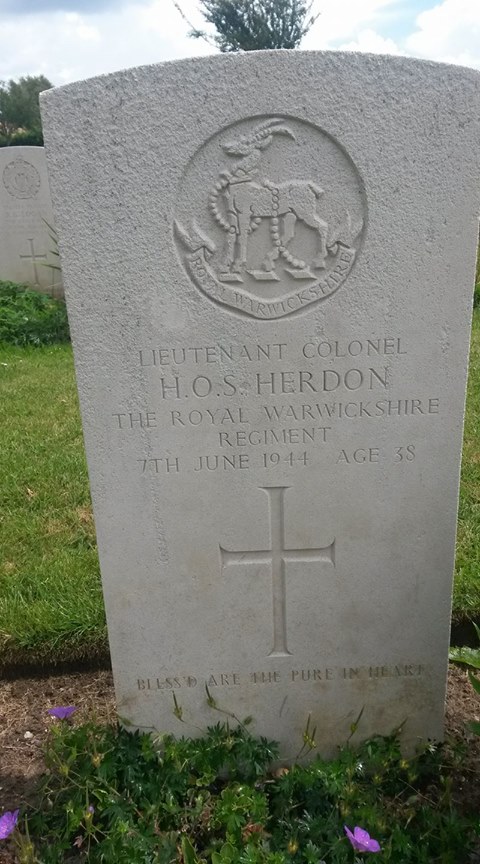
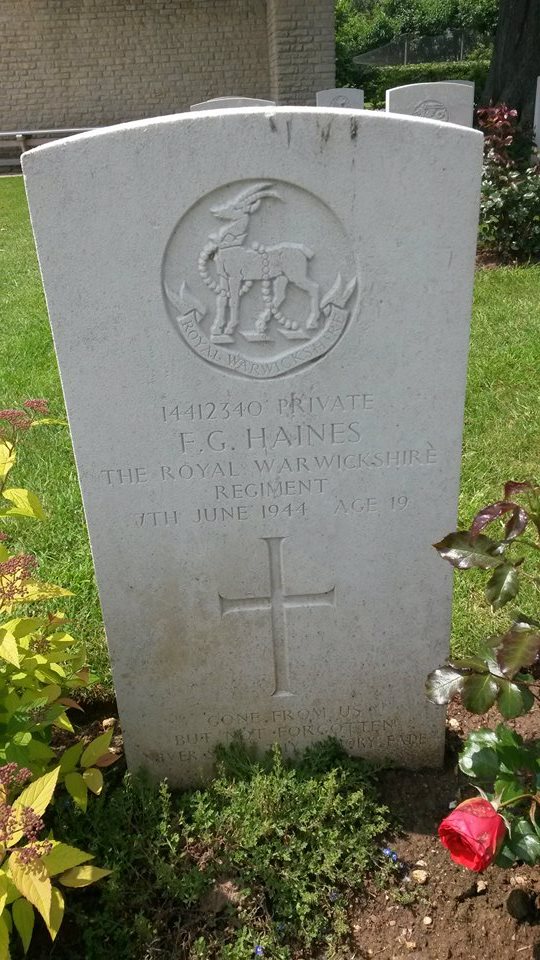
2nd Battalion CO Lt Col Herdon, killed in action during the Lebisey attack
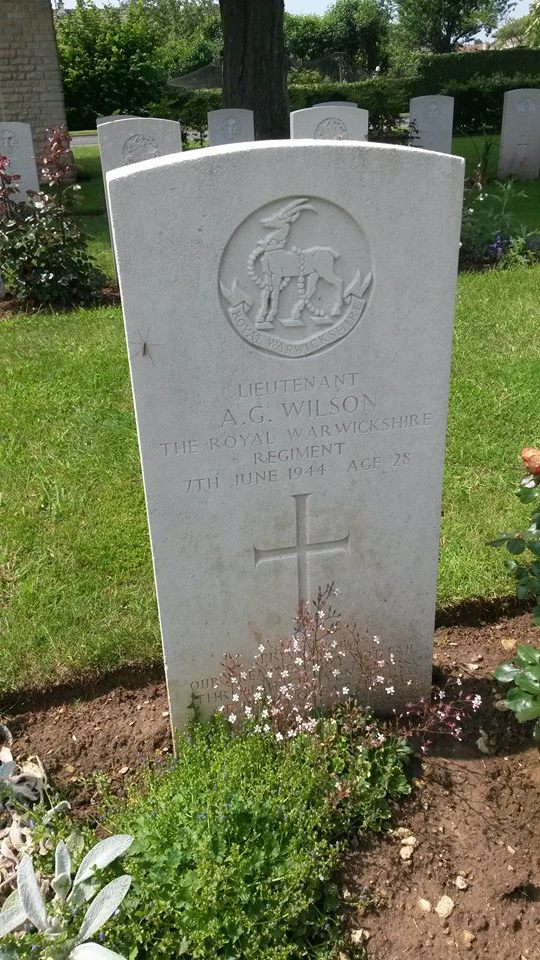
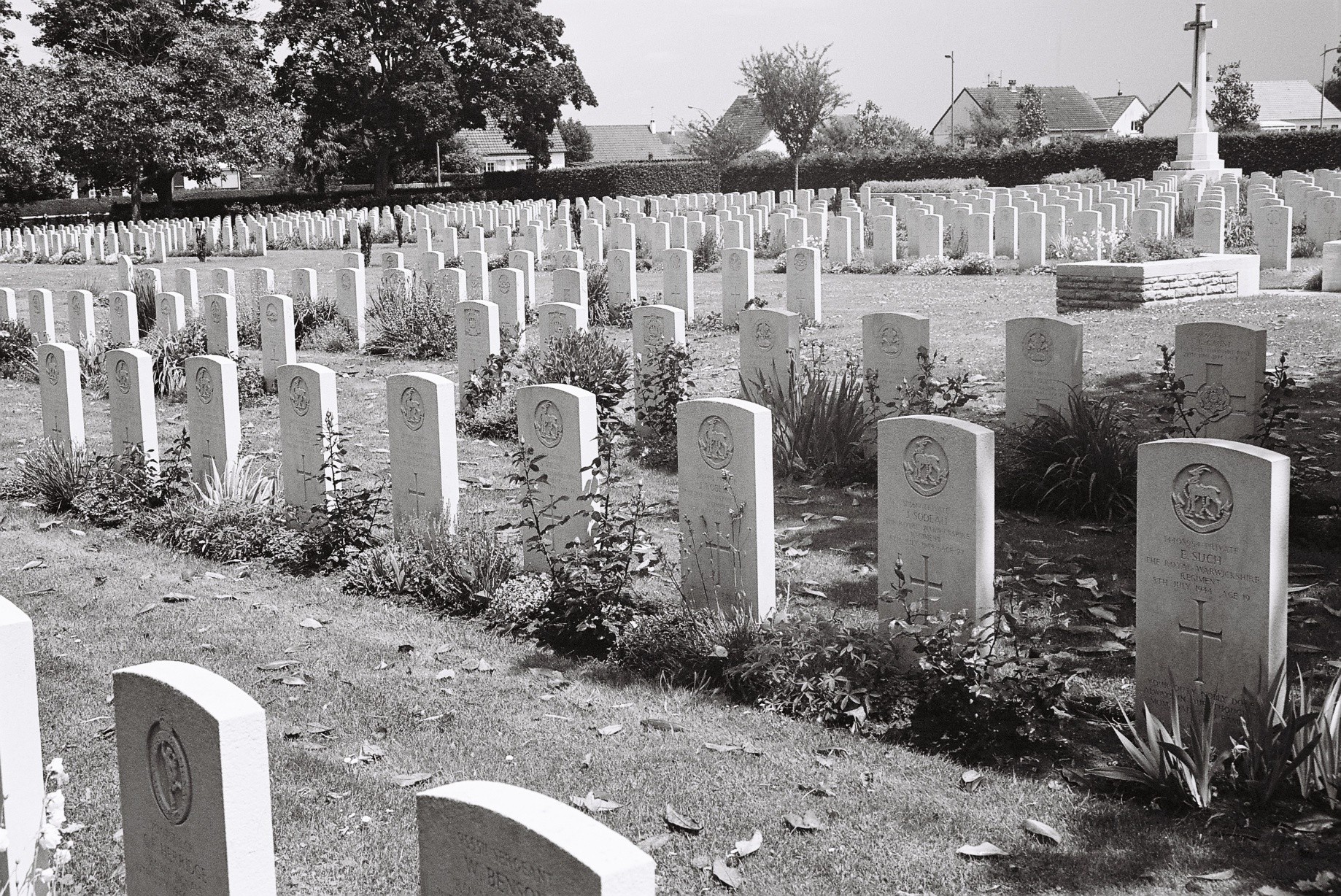
Graves of just some of the Warwicks fallen, laid to rest in a number of cemeteries in Normandy, above, a final line of Warwick men.
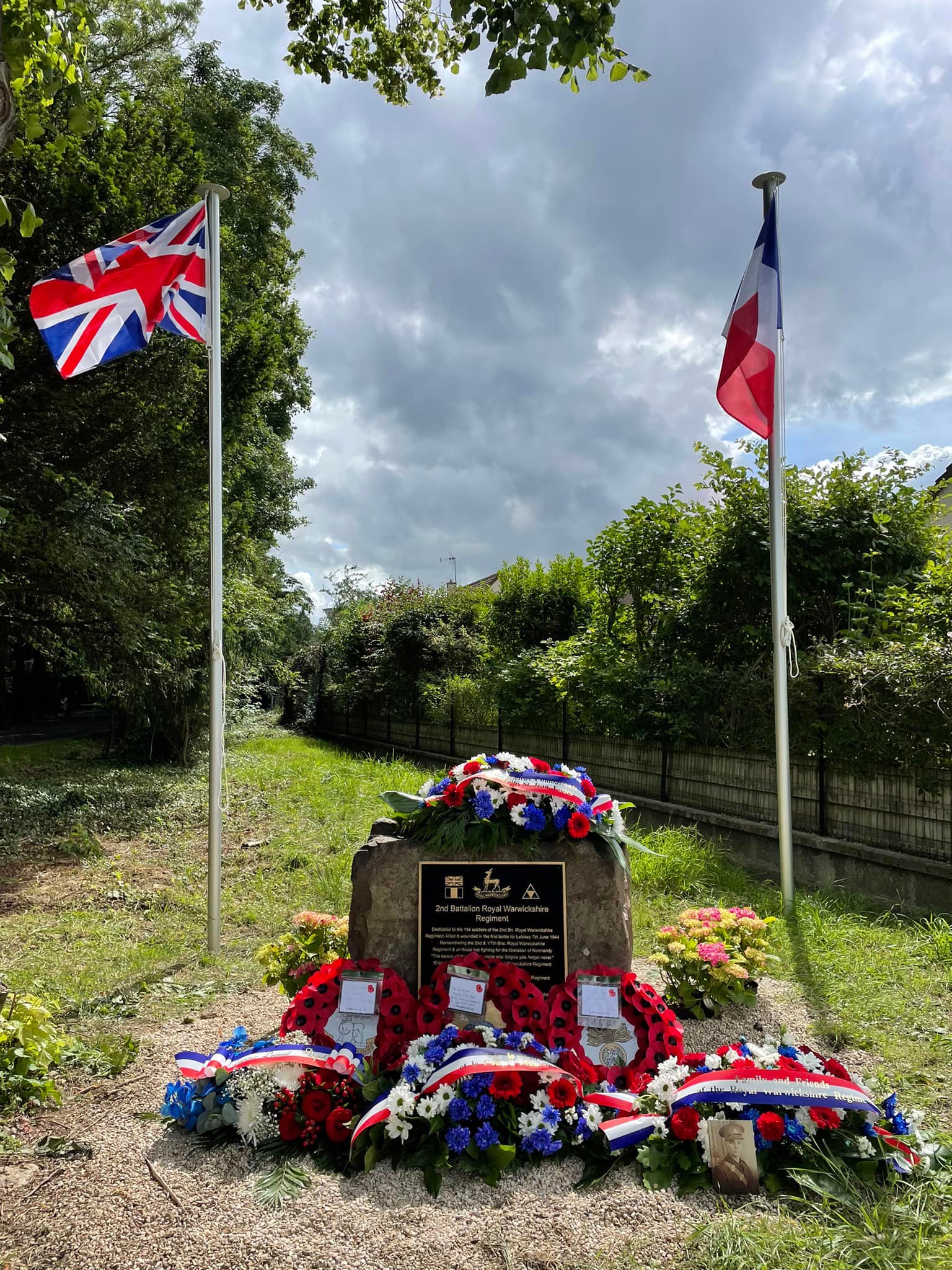
The memorial at Lebisey Wood dedicated to the men of 2nd Btn Royal Warwicks who fell at the first battle of Lebisey, this was organised by Jason Woods and supported by our group.
